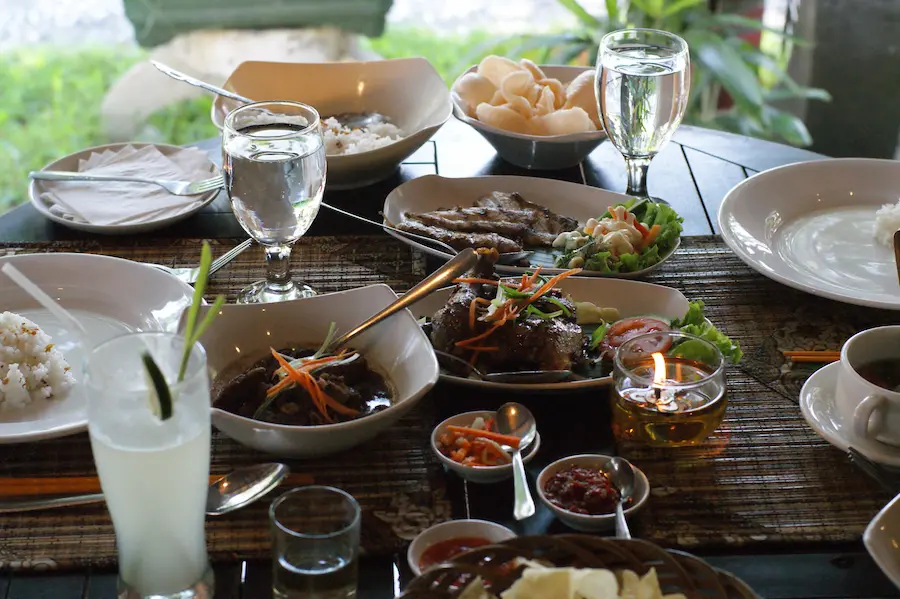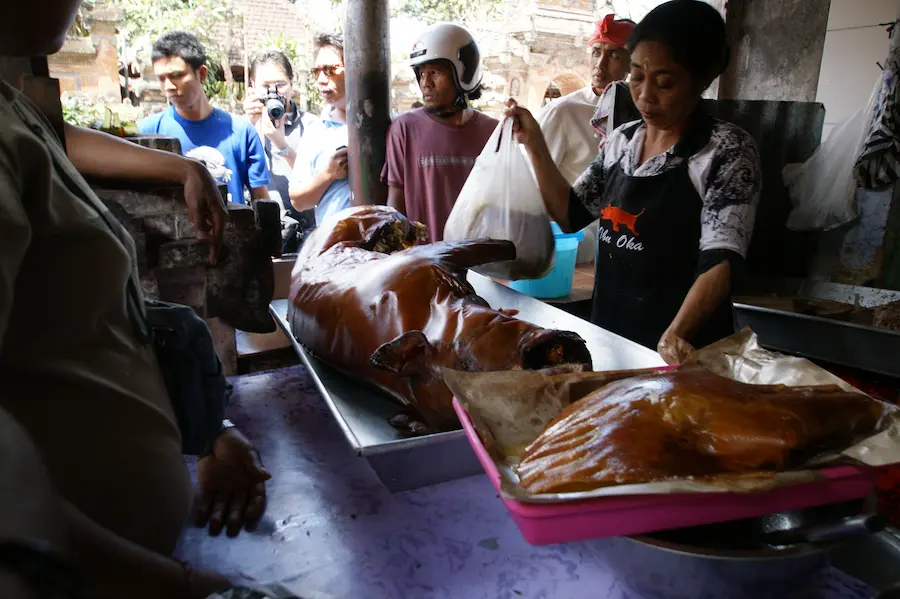For visitors to Bali, participating in a Balinese cooking class is a popular way to immerse in the local culture. These classes often include a visit to a traditional market to select fresh ingredients, followed by hands-on instruction in preparing Balinese dishes.

Ubud, the ancient capital and the heart fo Bali provides several Balinese Cooking classes for visitors.
Balinese Authentic Cooking Class in Ubud, for example, provides an opportunity to visit a traditional morning market, see a local Balinese house, tour a farm, then learn to make a variety of authentic Balinese dishes
The Essence of Balinese Cooking: A Culinary Journey
You can learn the essence of Balinese cooking in a class in Ubud.
Introduction to Balinese Cooking
Balinese cooking, a cornerstone of Indonesian cuisine, offers a flavorful journey through the island’s rich cultural heritage. It is famous for its vibrant spices, fresh ingredients, and unique cooking techniques. Balinese cuisine reflects the island’s diverse cultural influences and natural bounty.
Key Ingredients and Spices

At the heart of Balinese dishes are fresh, locally sourced ingredients. Coconut, lemongrass, galangal, and turmeric are staples, providing a base for the complex flavors characteristic of the cuisine. Balinese dishes often feature a blend of spices known as “bumbu Bali”. They include garlic, shallots, ginger, and chili peppers, creating a balance of sweet, savory, and spicy tastes.
Traditional Dishes
- Babi Guling (Suckling Pig): A festive dish, traditionally prepared for special occasions. The pig is stuffed with a blend of spices, then slow-roasted to perfection.
- Bebek Betutu (Slow-Cooked Duck): Marinated in a rich spice paste and wrapped in banana leaves, this dish is slow-cooked for hours, resulting in tender, flavorful meat.
- Lawar: A traditional mix of vegetables, coconut, and minced meat or fish, seasoned with rich spices and often served as a side dish.

Cooking Techniques
Cooking techniques are as diverse as the cuisine itself. Grilling over coconut husks imparts a smoky flavor to meats and seafood. Slow cooking in banana leaves seals in moisture and flavor. On the other hand, steaming is for preparing delicate items like fish and vegetables.
Vegetarian Variations
The island’s Hindu culture has also influenced the development of a rich variety of vegetarian dishes. Tofu and tempeh, both soybean products, are common protein sources. Local people often prepare them with the same flavorful spices and techniques used in meat dishes.